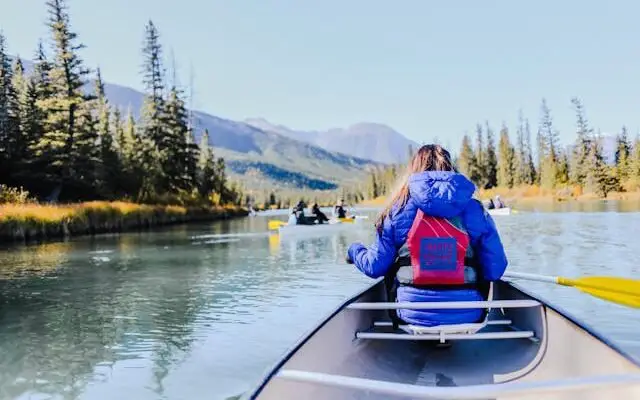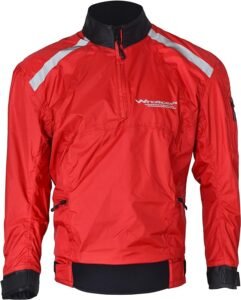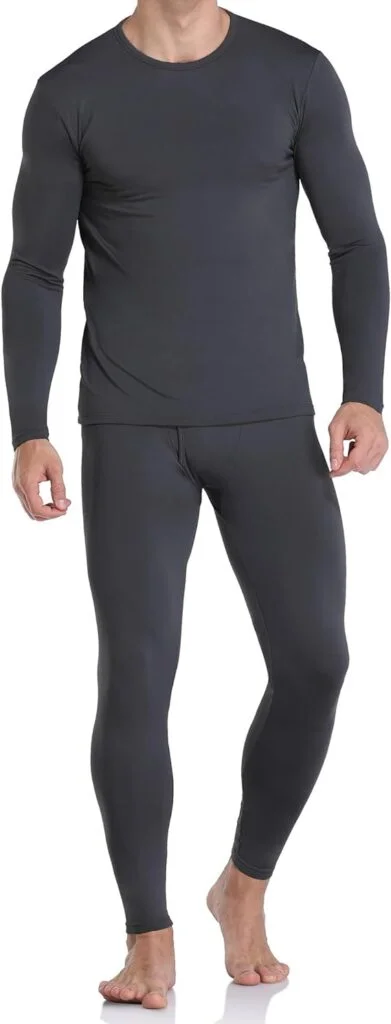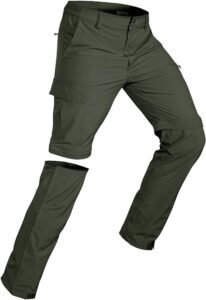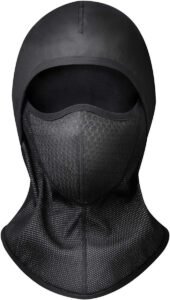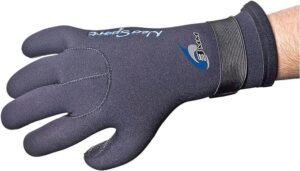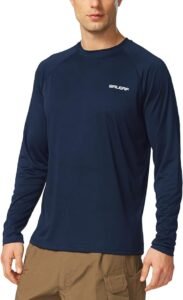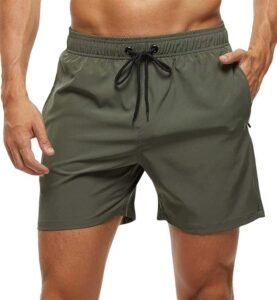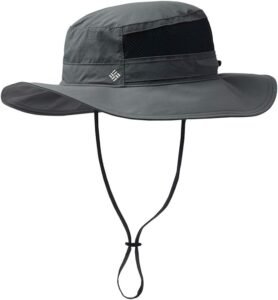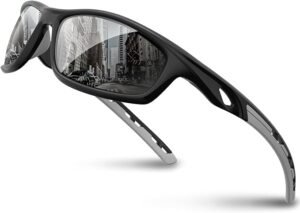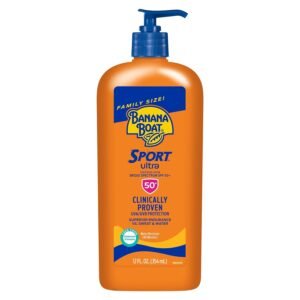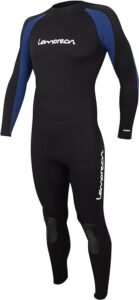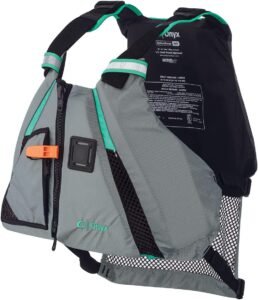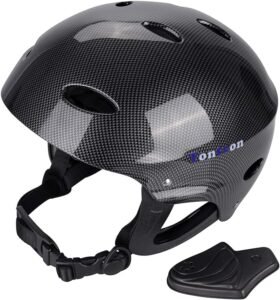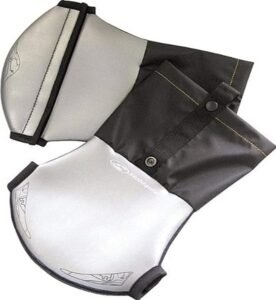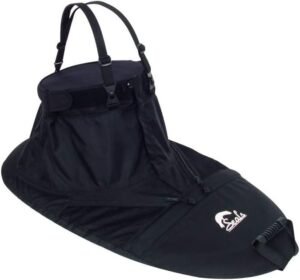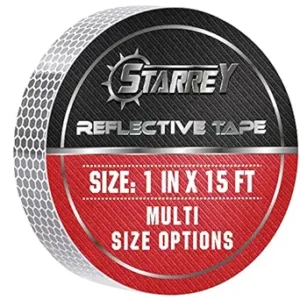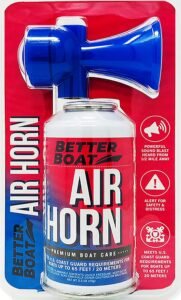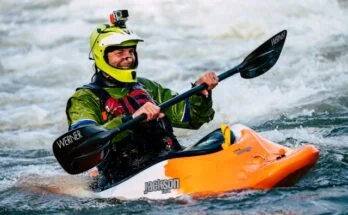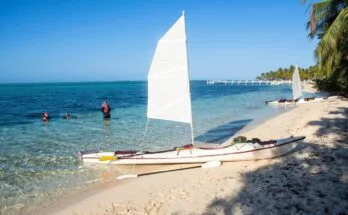It is quite hard for me to this out what I have to wear when kayaking. Perhaps a simple life jacket, some light activewear, sunscreen, and sunglasses will be enough. However, whether your garb matters makes a huge difference, and this is even trickier as the environment where you paddle in also plays a part in it.
The golden rule regarding Winter Kayaking Gear:
Layering is your friend as it allows you to strategically add or remove insulation depending on the water temperature.
So is it necessary to go for limited beachwear or swimwear and buy the one that is in trend?
Quite the contrary.
Well, that’s it, the actual conditions can be taken into account, but don’t let the air temperature be your deciding factor. Your kayaking attire above water is just as important as your swimwear.
The question underneath is, “Let’s find out more in-depth about what you should put on during a day on the water!”
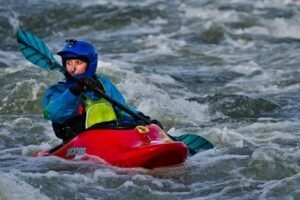
General Clothing Recommendations & Tips For Kayakers
In the same way, you wouldn’t go on the hike in your office wear or in your exercise kit, fitness wear must suit the kind of activity you are engaged in. Eco-vigilant tourism should be no exception, just like in other fields of outdoor recreation.
As you prepare for your next paddling session, keep these general guidelines for what to wear kayaking in mind:
- Check the Weather Features – Take note and find out the weather conditions before planning your kayaking trip since the weather decides how you plan your trip for a particular time. In unfortunate cases of changing weather, always have additional layers of clothes at hand ready for cold roughness.
- Bring Extra Clothes on – The boats being your new friends, you’ll surely be all soaked by the time you complete paddling the course. Make sure you have a towel and an extra set of clothes, and store everything in a waterproof bag. The getaway should be fun and pair well with finding the right spot to lay back and catch the beautiful sunset. It feels good that when I come home I am wearing something dry, not seeing my neighbors in Venetians, and having my hair looking normal.
- Dress for immersion –Take items for them. Upon Flip, you may get wet. However you can risk your body going into cold shock and hypothermia, should you go without it. The expression of being “clothes horses for the stream not weather” is not without a substantial reason.
- Interrogate the Where and How –A simple paddling session on the next, close pond, may not be so fabulous if you are preparing for an extreme whitewater rafting trip; think carefully before choosing the outfit.
- Layers, Layers, Layers – Several thinner layers, consisting of synthetic materials, are a better choice than a single, thick one. The clothes will dry faster, and you’ll be able to shed a layer or two if things get hot.
A Quick Word On Clothing Materials & Why You Should Avoid Cotton
For you the cotton is your best friend, it will be your shield from sand and heat, but the water?
Cotton kills.
That may sound overly dramatic, but here’s the thing about cotton:
- It takes silence one night.
- No insulation even when it is wet which results in the depletion of heat from the body at a speedy rate
- The diver feels severely pressured and starts feeling discomfort with inadequate water absorption as a result, makes swimming difficult.
- There is no make of this substance which will slide sweat off of the skin.
Cotton without a doubt is the worst material you can wear for kayaking and shelfing it except where it is required is advisable.
And the most important question is what to put on for the kayaking after all?
Neoprene, polyester, nylon, and polypropylene which absorb very rapidly, cannot insulate, and do not wick moisture are your safest bet in case of a condition that is wet and cold.
I would highly advocate merino wool on top of your mind if your target is a natural fiber. It may not go as far as a synthetic does when it is wet still; it might not as well, but it will go longer than cotton.
What To Wear When Kayaking In Winter & Cold Weather
First, winter and cold water don’t suit everyone and I am not even mentioning how comfortable and cozy it is. In the next step, I would like to discuss different health risks associated with paddling in wintertime. Hypothermia, shivering, and drowning—the dangers are more than real, as they are deadly.
Being an extreme athlete do not forget that the most important thing that should be in your mind before even venturing into the wild in a hot winter is.
Of course, you will see bullets and water moving against you to your best. Then, forget about hypothermia or death since that thrilling activity is now one step closer to you.
With that in mind, here are some suggestions on what to wear for kayaking in cold winter weather
- Paddling Jacket – Cold and wet aren’t what normally strikes as the definition of fun, but that’s just the thing, you would have to find yourself in this situation in winter kayaking. Those are occupational hazards. Therefore, invest in buying a rain jacket with a fleece lining or a dry top that will serve this purpose. A dry top will keep the water out but it won’t keep you warm – so you will need to wear a thermal base and mid-layer underneath it.
- The Class of Long-Sleeve Top – from among things that are not fun is feeling cold. Therefore, that of base-layer and thermals made of moisture-wicking synthetic materials are armors. They remain in an inseparable contract with your skin, they repel sweat from your body and help you regulate temperature.When it comes to an alternative to the normal wetsuits you can opt for a form-fitting rash guard, which is comfortable, topped with a warm mid-fleece layer, and something you can easily move in. Even if the base layers aren’t enough, it won’t have anyone to prevent your perfect windbreaker jacket or shell that should be your outer layer.
Bottoms – The best option would be to go for rubber trousers, which are otherwise known as splash pants. These are a common winter kayaking gear piece in the paddler’s closet. Such a case especially when you talk about freezing temperatures, you may need to wear thermal underwear as your outer layer. Therefore, you’ll overcome the problem of the right temperatures and moisture conditions.
- Hat-bolstering a hat, such as a beanie, should suffice in shielding your winter kayaking apparel. If on water in very cold weather, do not use a cap that leaves your head uncovered. A balaclava-style hat that covers the face and neck may be the right choice.
Gloves – And that is ‘normal’ gloves. You will have to get a neoprene pair if you wish to keep your hands from feeling like two blocks of ice. If that is not enough pogies (waterproof mittens) will do the job for you. These thermal paddle mitts attach to the paddle inflow which, together with neoprene gloves, will provide you with further protection in harsh conditions.
Boots – Fall woos me, the crunch of dry leaves underfoot, soft, warm, compressed cotton-polyester that disintegrates socks, and turf-riding snow. The particularly waterproof pair of shoes stays glued to your feet in extreme cold to protect your toes against contact with the harsh environment and soles of your feet. For even warmer days you can buy them a waterproof or thermal socks amplifier.
What To Wear Kayaking In Summer
You sense the sun on your skin, the air is nice, and a gentle flow of warm water is hugging you; there is no such a good type of summer afternoon as one you spend on the water.
As I have discovered, one thing that is not hard when it comes to kayaking outfits is how to dress. I don’t have much of advice other than I guess the roomier the fit the better. It should be comfy and breathable as well and provide however much protection from the heat and sunlight.
I do have some suggestions on what to wear kayaking in warm weather, though:
Loosefitting Long Sleeve Apparel – Lightweight fast-drying fabrics with polyester webbings are a seemingly contradicting method of keeping you cool and free of overheating frenzy. Yet another strength of long-sleeved shirts for paddlers – the rash guards are the best choice in terms of good coverage and with such great protection comes a great reduction of the risk of sunburn.
Shorts – And while lightweight and airy clothing is crucial be it cotton, merino, or any that’s optimum for your comfort and do not restrict your movement or cause chafing, no jeans at the moment, please. Try not to pick up a small fabric, because soon, they will just be destroyed by excessive friction and harsher environments. For those who like a little legging bottoms then yoga pants are the ideal wardrobe option.
Water Shoes or Sandals – The best options for footwear for actively engaging in outdoor recreation are water shoes with heel straps or sandals or being barefoot in safe conditions. Avoid flip-flops, though. Such sandals befit this type of no-fancy-schmancy beach, but they are somewhat insecure at times and are not a sensible option for walking on hot asphalt. Always protect your feet!
Broad-brimmed Hat- Along with a wide-brimmed hat one gets an extra barrier between the face, head, and shoulders and the danger of UV rays. Remind yourself not to overlook the use of a chin strap or a cap leash for your hat before you think that those annoying little gusts of wind are also capable of snatching your hat away.
Sunglasses – With plenty and prolonged exposure to reflected UV radiation, your eyes may be damaged or you can develop photokeratitis (a condition that is thought to have the same symptoms as “snow blindness”). Therefore sunglasses with polarized lenses are more capable of protecting the eyes, especially in high-glare conditions. By using the eyewear retainer strap, you can prevent sunglass
Sunscreen- which is not complete, is part of any sun protection plan that features other sun protection factors. Apply water-resistant sunscreen with SPF 30 to 50 on your face, which is the top choice. In reality, do not be afraid of clouds on a warm day, please apply it generously (NOT kidding) and reapply every 40 to 80 minutes to ensure proper defense against the sun’s radiation.
When To Wear A Wetsuit Or A Dry Suit – And What’s The Difference?
At temperatures below tapsy, you’ll need to get out the heaviest firewood. The same thing applies to a water temperature of 120 degrees Fahrenheit when only the air and water temperature is under 120 degrees Fahrenheit.
The “big guns” here are adequate, full-body divesuits that provide insulation which is an essential feature in cold, freezing air during the winter time.
You have two options – wetsuits and drysuits – and which one you choose depends on the severity of the weather conditions:
Wetsuits
The thick neoprene material of a wetsuit is not waterproof; hence, suitable only when it is 60 degrees or below. Therefore, it is referred to as the “bare minimum” in colder temperatures.
However, they cause water to stick to them and get inside. Yet, they fill the gaps between the inner layer of the suit and your skin. But despite the ice formation, the thin layer of water (right under you), warmed by your body temperature, is an effective insulator, which is precisely what helps you avoid losing too much of your heat.
In addition to eliminating cooler water temperatures, wetsuit thermal insulation may be enhanced further using a neoprene hood, gloves, and boots – many people have been known to wear undergarments, which generally means more layers and higher insulation.
A rather loose dry suit that will keep you warm and dry is surely the best option in case you have to plunge into cold water or forest in freezing temperatures.
Drysuits
They are waterproof, fully closed at the seam, and with brief watertight zippers and cuffs to seal wrists, neck, and ankles completely. This one-piece gadget helps to repel the water and keeps the inner and dry layers of the suit, that is why we call them dry suits.
But when it comes to keeping us warm and bypassing hypothermia, the thermal base layers underneath that we wear is what make a difference rather than the dry suit itself, for instance; the contribution of a fleece jacket and thermal underwear would spare you this problem.
I would like to add that in the end, this is only the part of a much longer list of drysuits I’ve tested and reviewed. The best ones are here: roundup review of the best drysuits for kayaking
Safety Equipment Is Mandatory – No Matter The Weather
It need not be determined that wheresoever water is warm, maybe it will be freezing and maybe it will be stormy what does not alter – the one thing that does not change is the requirement for safety winter kayaking gear.
Personal floatation device (PFD) – A USCG-approved Type III PFD is a very important piece of apparel that you will be wearing on any given day of kayak. Make sure that you always keep this underneath may be different but you need to have your life jacket with you – no exceptions should occur –you need to wear a life jacket on all occasions.
Helmet- A hat keeps the elements at bay, but a helmet keeps the head safe. Fill your helmet – the a small chance of a disastrous concussion among dead waters, rapids, and rocks. The rule is simple: always wear it.
Gloves – Paddling gloves fall in the category of accessory that every kayaker will most likely want to pack along, provided they wish to protect themselves from sharp edges, blisters, as well as frostbite, all the elements a kayaking trip is not typically known to cause. It also keeps the paddler from slipping and calling to pick the paddle.
Spray Skirt – The one in question does not belong to clothes, but considering it to be part of the dressing, if you ride a sit-on-top kayak then a spray skirt is worth having, and even more so if whitewater kayaking is your thing. Not only does it do food and drinks but also, but it also captures warm air to keep the room temperature warm.
Kayaking At Night Requires Additional Gear
In addition to the decrease in temperature, night kayaking includes a whole other character of the kayaking experience and adventure. Night kayaking means you also have to account for the lack of visibility in low-light conditions and pack
Retro-reflective tape sol on the front, back, and straps of jackets, backsides of paddle blades, kayaks’ bow, and stern.
Sound-creating devices to weep through dim environments with a whistle, an air horn, or something like that.
This means that only trafficable with USCG-approved visual distress signals (VDS) in support of the International Code of Signals (ICS) such as handheld or aerial red pyrotechnic flares. Centering the boat when you’re sea kayaking is vital in maintaining your stability, and it can get tougher in challenging weather conditions such as rough seas and strong winds.
Winter Kayaking Gear: Summing It Up
On the flip side, practicality should guide you in what to wear on kayaking. Better to go functional than stylish, I’m afraid.
This means that you like clothes that cool you when it is hot warm when it is cold and most of all dry when it is wet which is all surprising. Also, you need breathing, drying fast, easy-to-relax, and enduring assets.
Oh yeah, and by the way, please do not bother, by keeping the things as mysterious as you can. You have to try to do your best with what you have instead of working with unlimited space like you would in a roomy canoe.
That said, remember:
If confused, suffice it to say pack it in a dry bag and locate it there.
The last thing to do but also the most vital step before you begin is to know the weather and water temperatures. This is more sensible approach: to leave home with some additional kit – one that can be left alone – than to discover that you’ll be in a tougher situation than before because you didn’t.

